If you love food, Bangkok will steal your heart. This city doesn’t just feed you—it overwhelms you (in the best way) with smoky aromas, sizzling woks, and flavours that hit every corner of your tongue. From quick bites on the street to legendary stalls with Michelin stars, every meal here feels like an adventure. And just when you think you’ve seen it all, you’ll find a bustling corner of Little India serving up soul-soothing chaats and curries. Let’s explore the best food in Bangkok.
What makes Thai food so special? It’s all about balance. Every dish is a dance of flavours—sweet, salty, sour, spicy, and sometimes even bitter—all working together. Think fiery papaya salad cooled down with sticky rice, or a rich green curry that somehow still feels light. Thai cooking is fast, fresh, and full of character, with ingredients like lemongrass, fish sauce, and chili used with just the right touch.
In this post, I’m let’s go on a journey across Bangkok—starting with the best street food, diving into Michelin-starred gems, and wrapping up with a flavour-packed detour to Little India. A journey for the best food in Bangkok.
Streetfood in Bangkok
Thailand’s street food had a global reputation. We had set off on a proper food journey—starting in Bangkok, with plans to visit other cities. This was culinary tourism in its rawest, most flavour-packed form. From legendary joints to the unexpected surprises, the goal was to taste everything the streets had to offer. We arrived. And so began the feast.
Morning in Bangkok
We had flown out at midnight from Kolkata. Landed in Bangkok in the morning. Some of us had been clever enough to book our hotel rooms the previous day and checked in right away. The others waited in the lobby. So while they waited, we hunted for breakfast. This was the first bite of Bangkok’s street food. And what a welcome it was. Food, in Bangkok, lived and breathed on the streets. From breakfast to dinner—everything happened curbside.
We found ourselves in One Centre (Google location here)—a massive, buzzing space full of clothes, stalls, people, and of course, food. First came Thai milk tea—deep orange in colour, made with Ceylon black tea, and rich with condensed milk. Then, a soft-boiled egg– perfectly soft, a dying art in Bengal where hard-boiled eggs now ruled.The main event? Congee. A rice porridge, soft and savoury, topped with meat, egg, ginger, and spring onion. It reminded us of sheddho bhaat—our familiar comfort food, reimagined. It was a gentle, warm way to start the day.
Later That Day: Hainanese Chicken Rice
Technically from Singapore or Malaysia, but in Thailand, it had found its rhythm. Hainanese chicken Rice is a plate of poached chicken with skin on, served on rice cooked in rich chicken stock. A bowl of broth on the side. A dipping sauce. There were two ways to eat it: mix it all up like back home, or go bite by bite. Either way, it was satisfying, clean, and full of flavour.
Check the Google location here
Yaowarat Road – Bangkok’s Chinatown
In the 13th–15th century, Chinese migrants had brought with them more than just trade—they brought flavours. Yaowarat had become a food lover’s paradise. We arrived at Ao Roasted Pork (Google location here )—an institution in these parts. For over 50 years, they had served just one dish: rice with three types of pork—crispy belly, sausage, and red Char Siu—topped with a perfect half-boiled egg and a sweet, sticky gravy. Less than ₹150 a plate. And the taste? Incredible.
Mark Wiens, a man whose knowledge of Bangkok food needed no introduction, had once recommended pairing this dish with vinegar-soaked chillies. He wasn’t wrong. The sweetness of the gravy, the fat from the pork, the tang from the chillies—it all came together beautifully. If one didn’t mind pork or a little sweetness in food, this was unmissable.
Nightfall in Pratunam
When the sun went down, Pratunam lit up. This was Bangkok’s version of Zakaria Street or Jama Masjid—crowded, colourful, chaotic. We tried a green papaya salad with rice noodles—Som Tam. It came with a fiery dressing that lit up our mouths. Spicy enough to send us running for coconut water. Kebab stalls lined the street, alongside fruit juice vendors, and places selling beer out of ice buckets. Indian restaurants weren’t far behind either, serving everything from Hyderabadi biryani to chole kulcha.
Khao San Road – The Wild Side (Google location here)
Every city had its party street. Bangkok had Khao San.It buzzed with music, dancing, and the smell of something… fried. There they were. The insects. Scorpions, cockroaches, crickets, frogs—all deep-fried, crisped, and served with black salt. Even taking a photo of them costs 10 Baht. But we didn’t just click photos—we ate them. A cold beer first. Then: scorpion.Crispy outside, chewy inside. Surprisingly alright.
Grilled Crocodile? Why Not.
Crocodile meat was sold on skewers. 150 Baht each. We tried it with black pepper sauce. It was soft, smoky, and tasted better than expected. Whether it was the flavour or the thrill, we weren’t sure—but it was worth it.
And Then, Pad Thai
No trip to Thailand is complete without Pad Thai. Stir-fried rice noodles, peanuts, seafood, veggies—a mix of sweet, spicy, and smoky. Folklore says that after WWII, Thai leaders promoted Pad Thai to conserve rice. By 2000, they even wanted to launch 3,000 Pad Thai restaurants around the world. We had ours at a well-known seafood joint in Chinatown. Cooked in a hot wok, it had all the right textures—crunchy, soft, sticky—and bold flavours. A classic done right.
The Final Bite: Tom Yum Soup
Spicy. Sour. Coconutty. Prawns floating inside. Someone compared it to rasam, but we felt this one hit harder. One word of warning: never ask a Thai cook to make it spicy. They will. We had no regrets—only a slightly shaky stomach.
Trying the pocket-friendly Michelin-starred joints
A Michelin star is one of the most prestigious accolades in the culinary world, awarded by the Michelin Guide, a century-old publication originally created by the French tire company Michelin to encourage road travel (and tire purchases). Over time, the guide evolved into a global authority on fine dining. Restaurants can earn one, two, or three stars, each carrying a distinct meaning:
- One Star signifies “a very good restaurant in its category.”
- Two Stars mean “excellent cooking, worth a detour.”
- Three Stars, the highest honor, denotes “exceptional cuisine, worth a special journey.”
Michelin inspectors visit anonymously and judge based on five key criteria:
- quality of ingredients,
- mastery of flavor and technique,
- the personality of the chef in their cuisine,
- value for money, and
- consistency across visits
While originally focused on France and Europe, the Michelin Guide now covers cities around the world, including Tokyo, Bangkok, New York, and Singapore. Earning a star can elevate a restaurant’s global profile, increase demand, and transform the careers of chefs and restaurateurs. Despite its roots in fine dining, Michelin stars today also celebrate humble eateries—like Bangkok’s Jay Fai—proving that excellence isn’t confined to white tablecloths. And we went to a few Michelin-starred restaurants in Bangkok…
K. Panich
Here we ordered mango sticky rice. The sticky rice is steamed to a perfect, tender chew and mixed with a rich, lightly salted coconut cream that balances sweetness and salt effortlessly. The mangoes, known for their floral fragrance and silky texture, are always ripe to perfection. They have been getting the mangoes from the same place for nearly 80-90 years now. Same goes for the rice. So, this standardisation accounts for the special taste of this mango sticky rice. We also had a glass of an amazing coconut milkshake. K. Panich is one of those restaurants in Bangkok that has received a Michelin Star for 7 consecutive years. It is Michelin-starred even in 2025.
Location: 431–433 Tanao Road, Sao Chingcha, Phra Nakhon, Bangkok 10200, Thailand. (Google Location )
Mango Sticky Rice – 130 THB
Coconut Milkshake – 55 THB
Go-Ang Pratunam Chicken Rice
In the bustling heart of Bangkok’s Pratunam district, where fashion malls and street vendors at Siam Paragon coexist in vibrant harmony, stands a major culinary destination that has captivated both locals and tourists alike: Go-Ang Pratunam Chicken Rice. At Go-Ang, simplicity meets perfection. Their signature Hainanese chicken rice features tender, poached chicken slices laid over fragrant, chicken-fat-infused rice. Accompanied by a bowl of clear chicken broth, each bite offers a harmonious blend of flavors that epitomize comfort food.
- Location: Siam Paragon Food Court, G Floor, 991 Rama I Rd, Pathum Wan, Bangkok 10330, Thailand. (Google location here )
- Hainanese Chicken Rice (Regular/ large): 65/ 95 THB
Here Hai
We’ve all seen those dreamy Instagram reels—the ones where an omelet softly unfurls over rice like silk. It turns out there’s a Michelin-starred version of that right here in Bangkok called Here Hai. Known for its unwavering Michelin status year after year, Here Hai specializes in two dishes, but the one we went for was the star: the crab omelet rice. Their flagship branch on Ekkamai Road was packed, so we headed to their more accessible Siam Paragon outlet.
Now, let’s talk portions. Even the small comes with a wildly generous amount of handpicked river crab meat—easily two whole crabs’ worth. The omelet is slightly underdone, soft and fluffy, draping gently over fragrant rice that’s been steeped in a seafood broth aroma. It’s rich, savory, and comforting, all at once. They serve it with a side of green chili sauce, but honestly? It doesn’t need it. The dish is balanced and flavorful enough to stand on its own. It’s not cheap, but for what you get—both in quality and sheer crab content—it’s worth every baht. If you’re doing Bangkok’s Michelin circuit, Here Hai is a non-negotiable stop.
- Location: Siam Paragon Food Mall (original branch on Ekkamai Road was too crowded)
- Crab Omelet Rice Small/ Medium portion – 375/ 475 THB
And Indian food in Bangkok
I’ve had crocodile. I’ve crunched on scorpions. I’ve eaten my way through street stalls, smoky skewers, and piping hot broths across Bangkok. But sometimes, even in a city of wild flavors, you crave something familiar. And that craving took me to a surprising corner of the Thai capital: Little India. And a search for the Best food in Bangkok is incomplete without a visit to this place.
Welcome to Phahurat—Bangkok’s very own Little India. It’s early morning, and garlands of marigold hang beside shops selling pictures of deities. A familiar smell of fried spices lingers in the air. Someone’s making chai. You could almost be in Delhi or Kolkata, but you’re not. You’re deep in Bangkok, and your first stop is a humble institution called Punjab Sweets.
Punjab Sweets for Breakfast
This place has a story. Mr. Kundan Gambhir, who now runs it, came to Bangkok in 1989 for a holiday and never went back. Decades later, he’s still here, serving some of the most nostalgic Punjabi fare you can find in Southeast Asia. We’re talking butter-slathered aloo parathas, chole bhature, and samosas that taste like home. Inside the samosa: soft spiced potatoes, green peas, and the unmistakable aroma of home-cooked masala. A big glass of milk tea rounds off the experience like a warm hug. This isn’t just food—it’s memory on a plate.
Please check the Google location here
Royal India- the oldest Indian restaurant in Thailand
And if Punjab Sweets is the heart, then Royal India Restaurant is the legacy. Founded during World War II by the Mehra family, it holds the title of Thailand’s first Indian restaurant. You’ll find several outlets across Bangkok today, but the story started here, near the gurdwara in Little India.
What do you start with? Phuchka and beer. Not even kidding. A cold Singha beer in one hand, tangy stuffed phuchkas in the other—served with two types of water: sweet tamarind and herby coriander-mint. The phuchka platter? 140 Baht. The vibe? Immaculate. Then comes the real star—the thali. Priced at 425 Baht for non-veg, and slightly less for the veg option, the thali is a proper feast. There’s pulao, naan, dal, vegetables, gulab jamun, and two hearty meat dishes. It’s the kind of meal that deserves your full attention, so we paused filming and ate in peace.
Monika’s Kitchen- Bengali food in Bangkok
But no Bengali worth their mustard would skip maach-bhaat in a foreign land. Enter: Monika’s Kitchen, tucked away in Sukhumvit. This one’s a gem. For 25 years, Monika’s Kitchen has been serving up Bangladeshi-style Bengali meals, and today’s spread is epic: rice, dal, alu-bhaate, begun bhaja, Tangra maach chorchori, and a side of nostalgia. Behind Monika’s Kitchen is a story of passion. Started by Trishit Babu’s wife and her friend, it began as a home kitchen supplying food to hospital-goers nearby. Years later, it’s a haven for homesick Bengalis—and Bangladeshis—in Bangkok.
The Tangra fish is cooked with kalonji, garlic, and dried chilli. The begun bhaja? Smoky and crisp, just the way we like it. They even serve a light but fragrant chicken biryani for 220 Baht, with 2–3 pieces of chicken. But honestly, I stayed loyal to the fish and rice.
The best part? None of the Indian or Bangladeshi restaurants we visited charged us anything. Despite multiple offers, they fed us with open hearts. Maybe that’s what it’s all about—helping each other grow, supporting each other’s cultures, and eating good food together.
As I wrap up this leg of the journey, I’m reminded that even in a city known for adventure eating, sometimes the most powerful dishes are the ones that remind you of home.
- Travel Partner: Hermes Voyages
- Website: www.hermesvoyages.com
- Booking contact: Sales1@hermesvoyages.in | Operation1@hermesvoyages.in | Operation2@hermesvoyages.in
- 📞 Call: 9836350044 / 8334955655
- For @FoodkaSeries subscribers, please use the code HV39 for a lucrative offer
Bon appetite!!!
Our team member Madhuritu roy has been supremely instrumental in writing this piece.



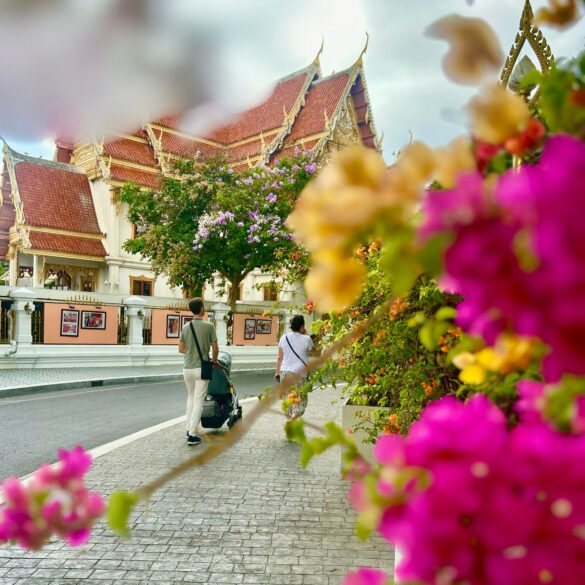
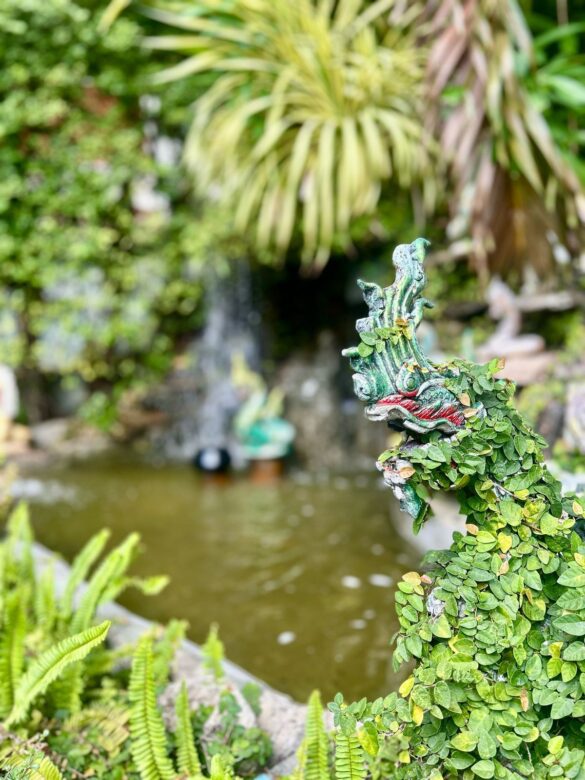




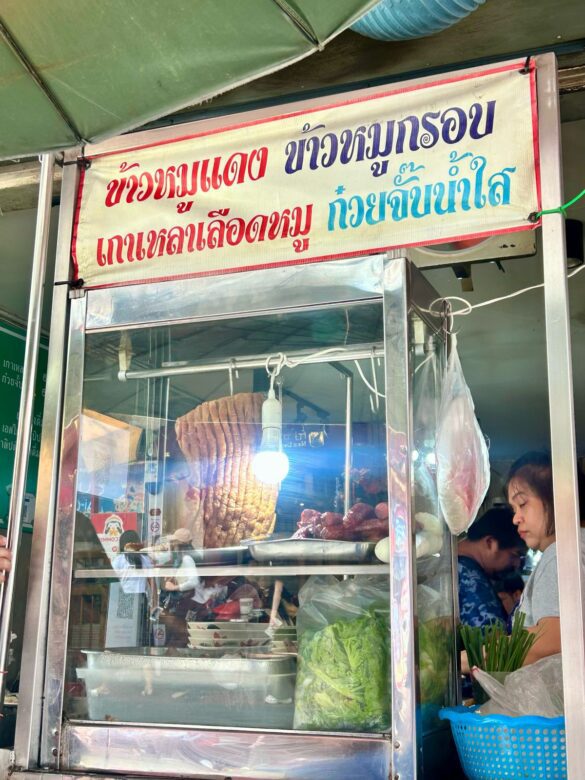




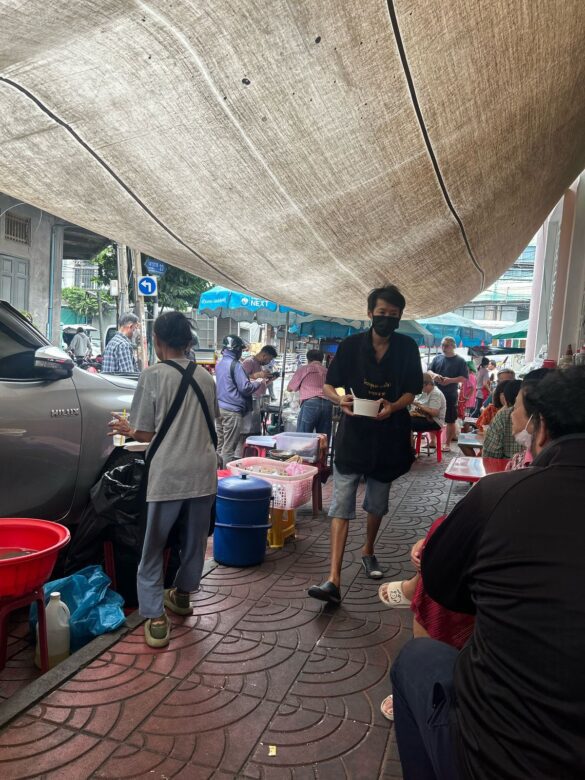
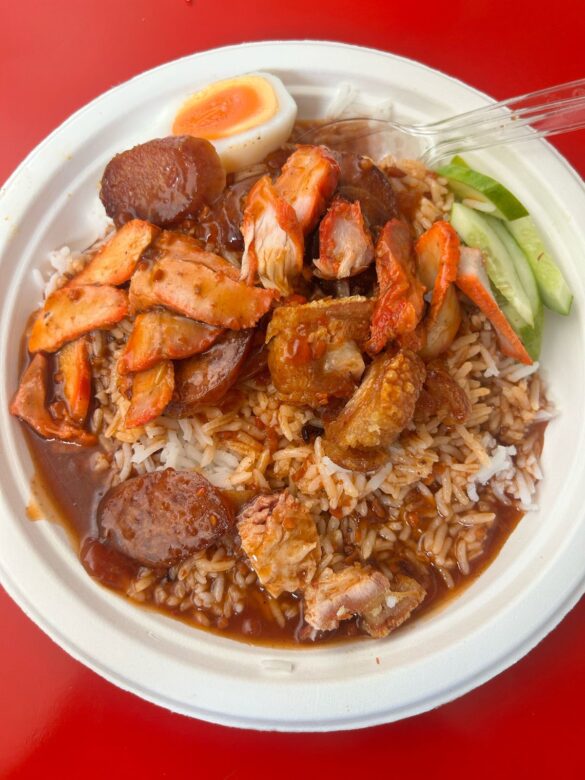
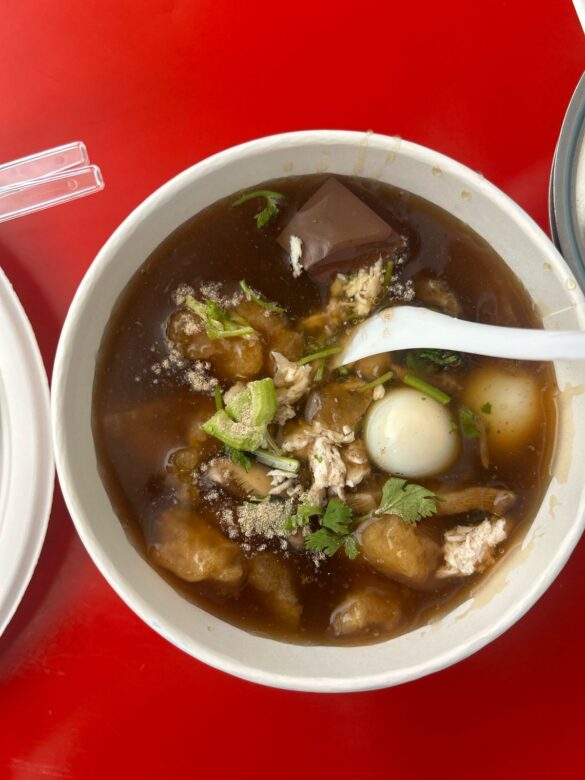

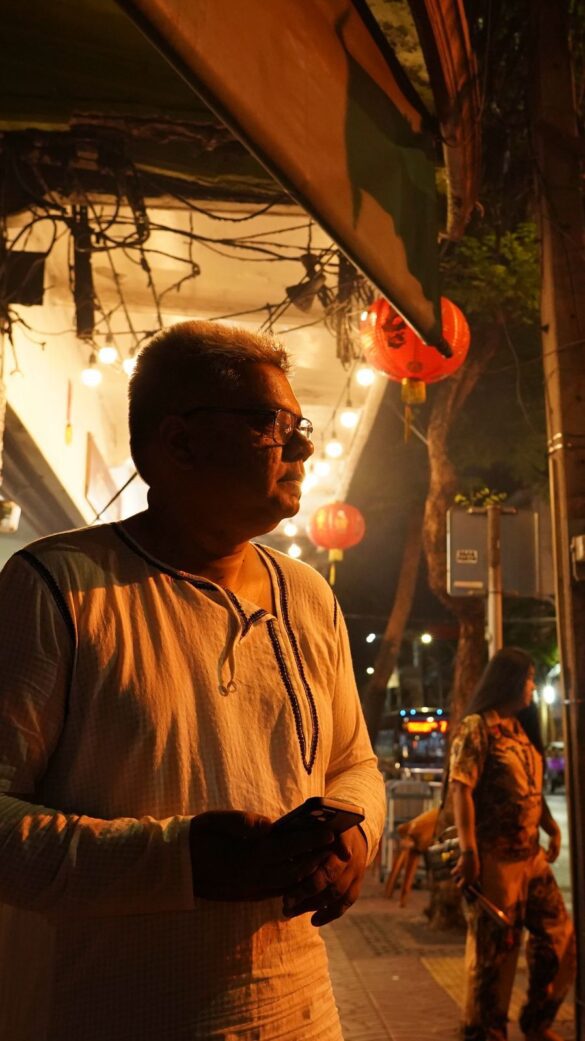
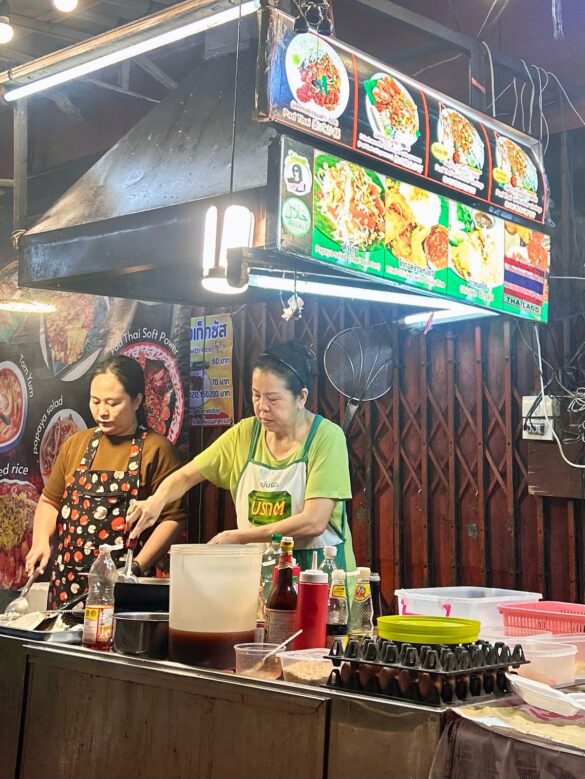
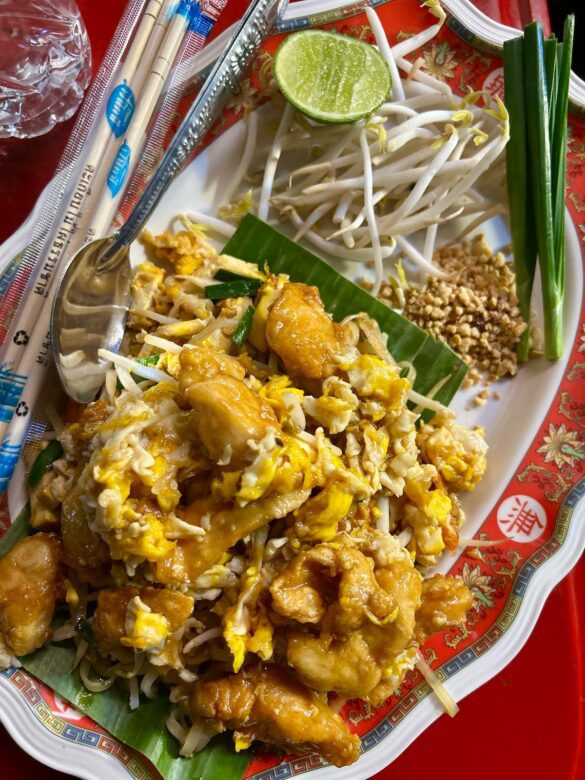
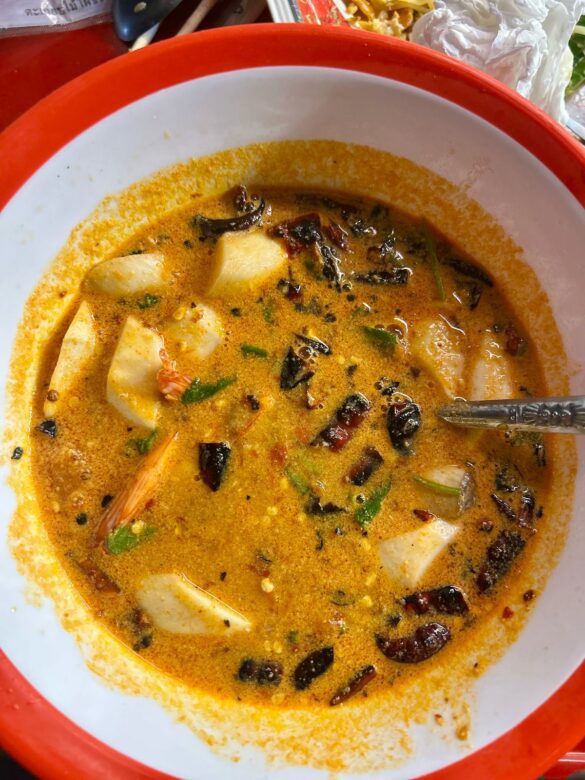




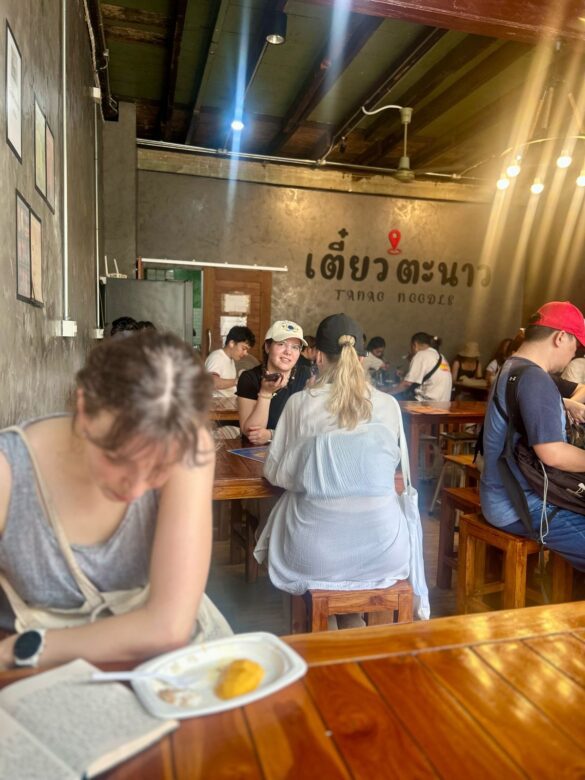
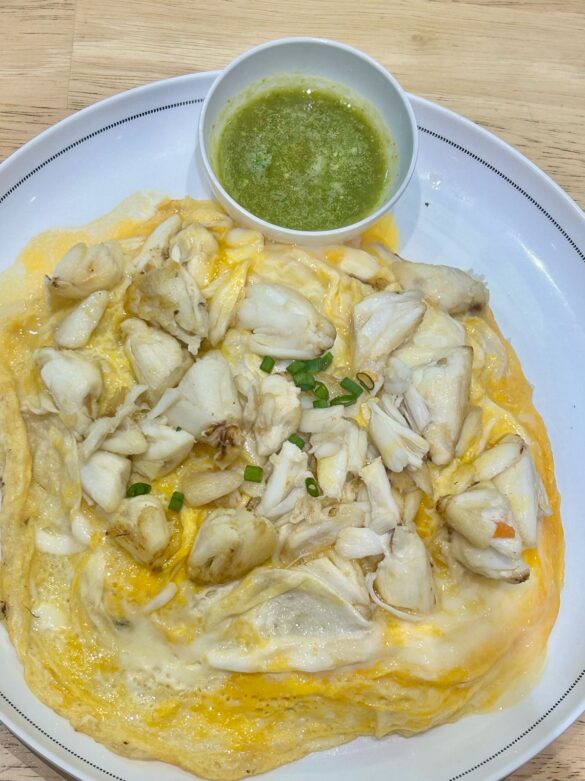





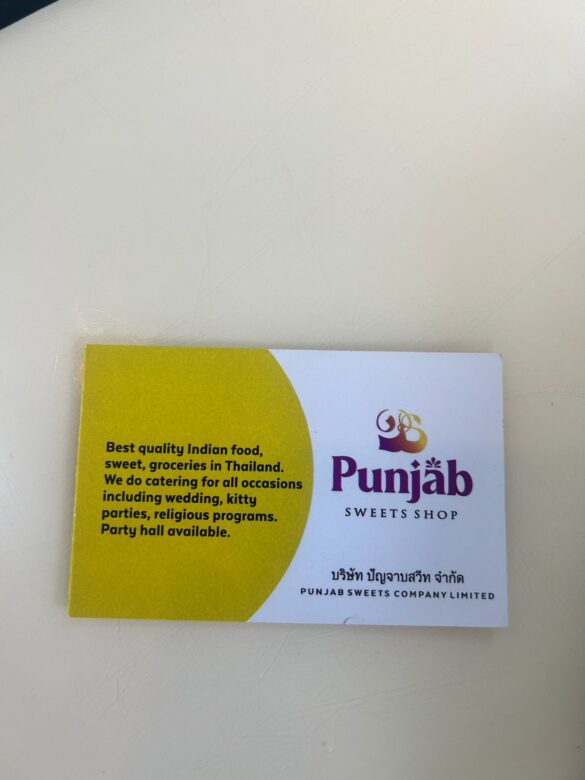



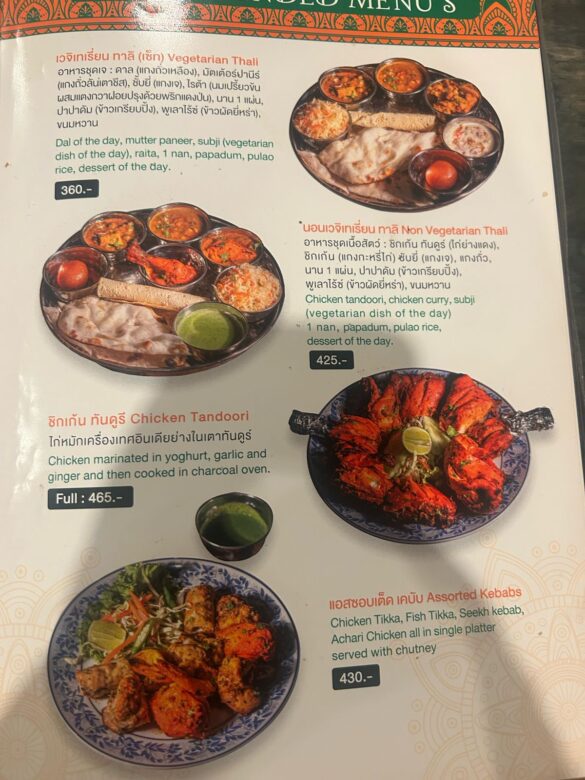



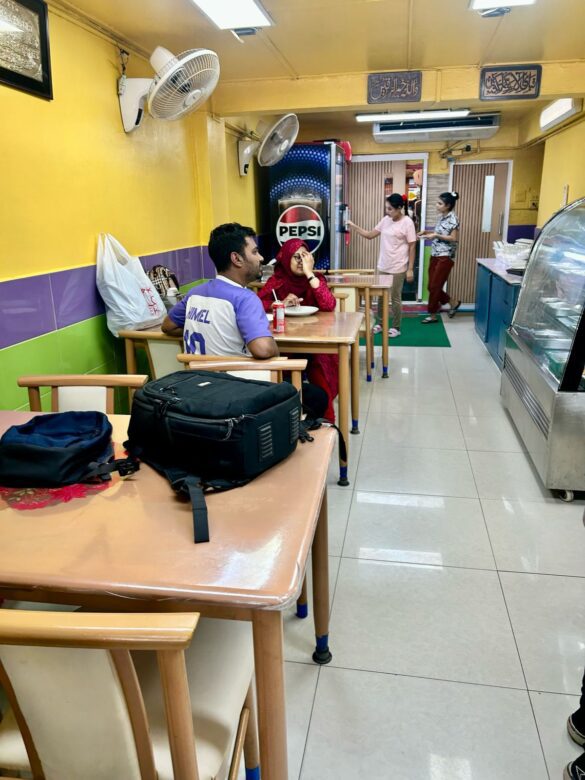
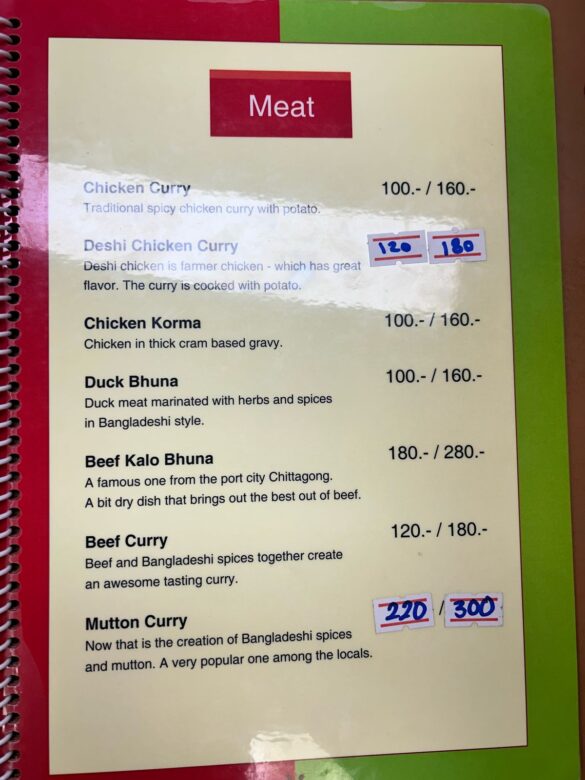
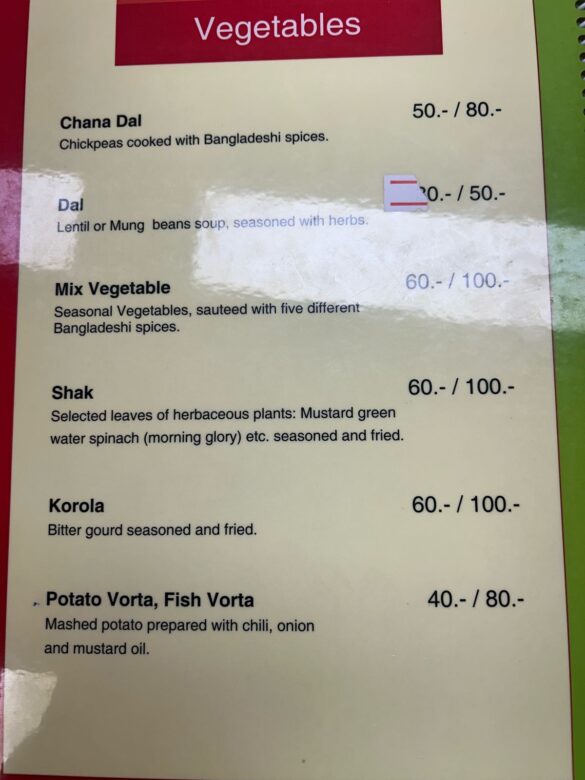

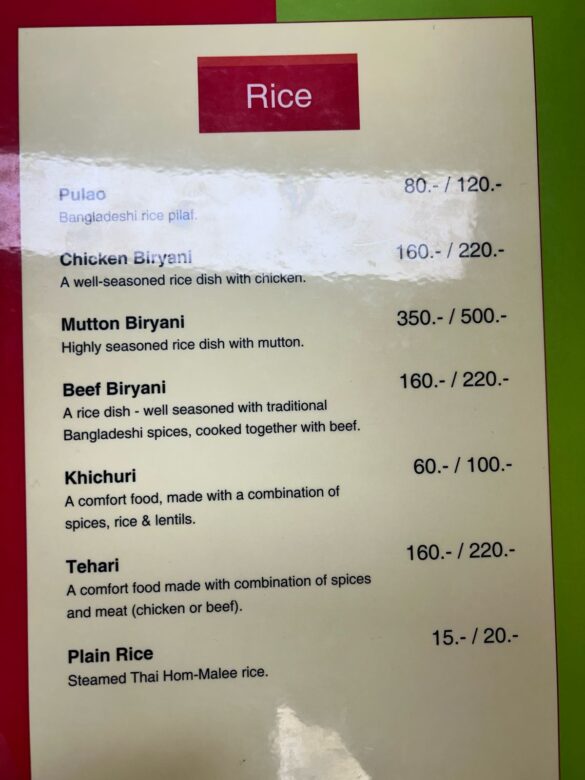
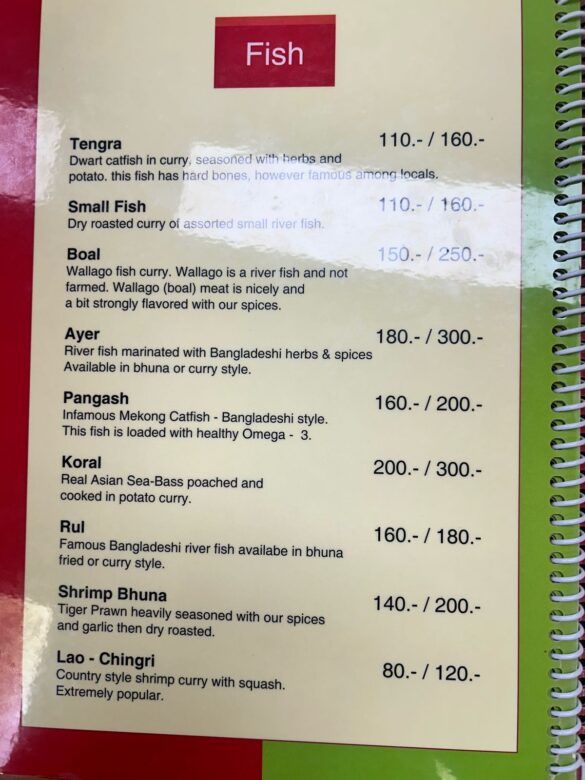
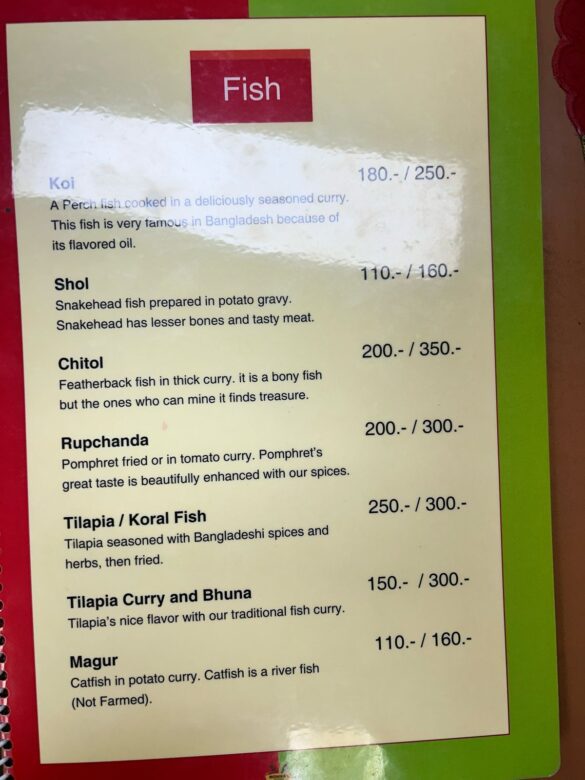

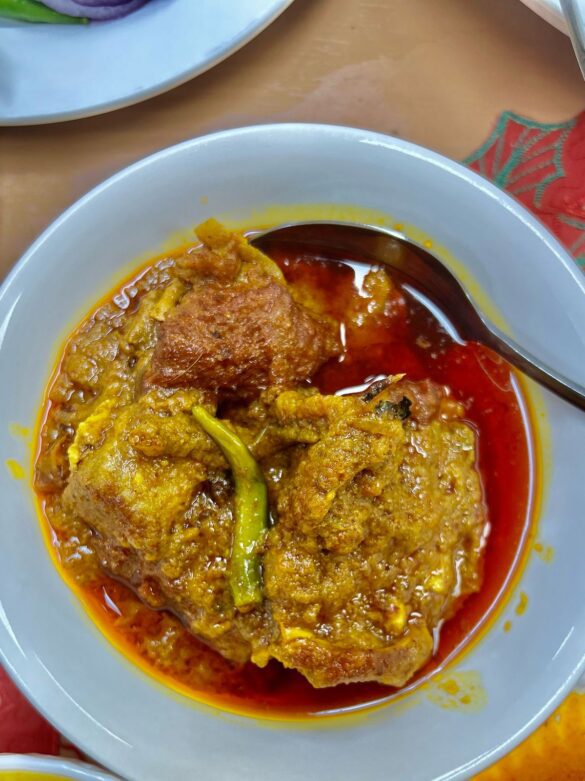





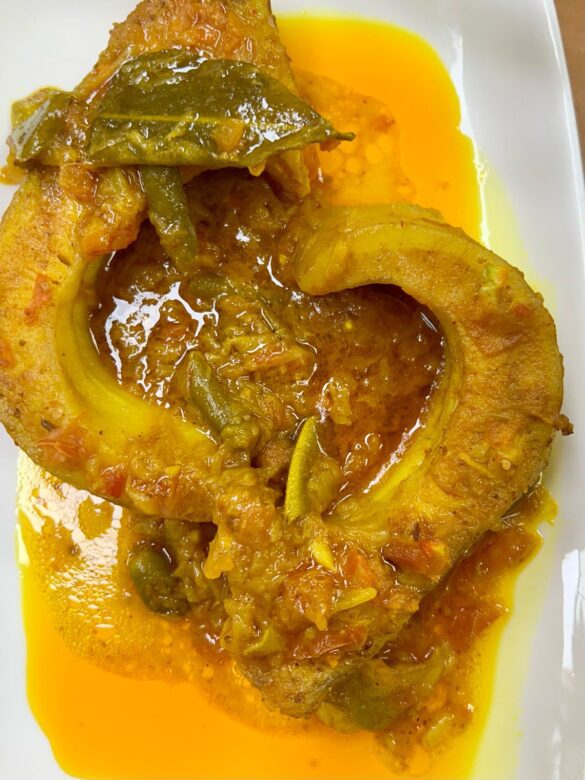
1 comment
My thoughts exactly.